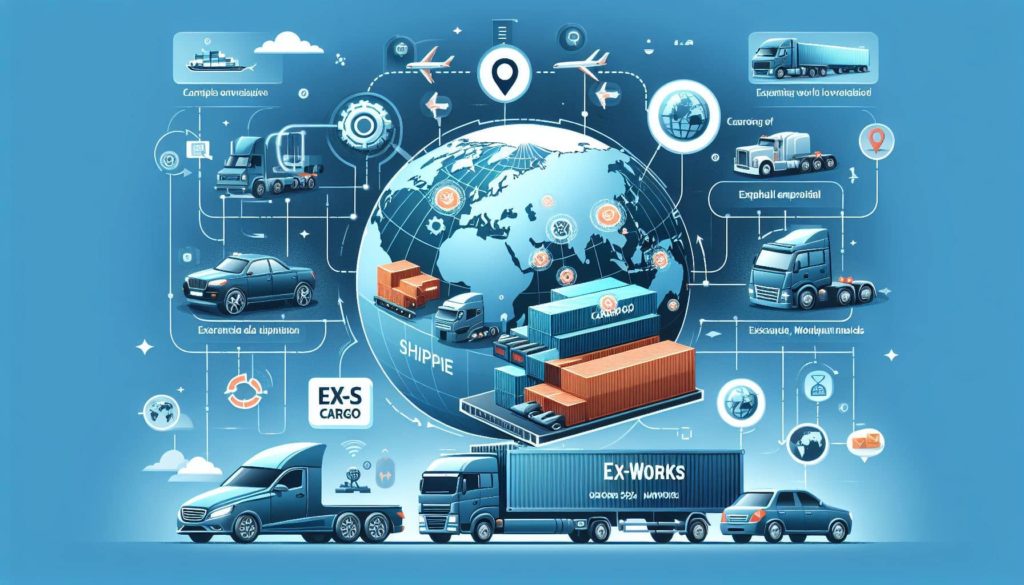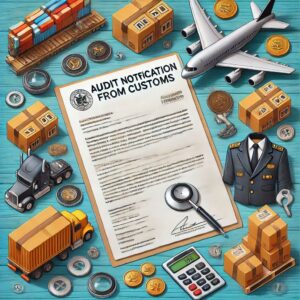Looking for car shipping across the country or delivery of an out-of-state vehicle? Shipping can seem daunting. But fear not! With proper knowledge and preparation, ensure a smooth and hassle-free experience. As an expert, I’ve compiled essential tips to help you navigate the car shipping process like a pro.
Globally, car shipping practices vary due to regulatory, infrastructure, and transportation differences. North America and Europe have strong logistics networks, offering various services from open-air to enclosed carriers. Conversely, emerging markets like Africa and parts of Asia encounter challenges such as inadequate infrastructure and complex regulations, affecting efficiency. Despite this, the increasing global demand for car shipping emphasizes the necessity for innovative and efficient processes to meet diverse transportation needs in an era of globalization.
What is car shipping?
It refers to the process of transporting cars, trucks, motorcycles, or other vehicles from one location to another. This service is commonly used when individuals or businesses need to move vehicles over long distances, across countries, or even internationally. Car shipping rates vary depending on factors such as the distance of transport, vehicle size and weight, shipping method, and additional services requested. Customers can obtain quotes from car shipping companies based on their specific requirements and preferences.
Considering a cross-country move and requiring car transport? Or bought a vehicle from out of state? Shipping might seem daunting. However, with proper knowledge and preparation, ensure a smooth and hassle-free car shipping experience. Don’t worry! I, as an expert in the field, have compiled essential tips to guide you through the car shipping process adeptly.
1. Research, Research, Research
Before diving into the world of car shipping, take the time to research reputable auto transport companies. Look for companies with positive reviews, proper licensing, and insurance coverage. Don’t hesitate to ask for recommendations from friends, family, or online forums.
2. Get Multiple Quotes
Don’t settle for the first quote you receive. Shop around and gather quotes from multiple auto transport companies. Be wary of quotes that seem too good to be true, as they may come with hidden fees or subpar service.
3. Understand Your Shipping Options
There are several shipping options to choose from, including open-air transport, enclosed transport, and door-to-door delivery. Each option has its pros and cons, so be sure to understand the differences and choose the one that best suits your needs and budget.
4. Prepare Your Vehicle
Before shipping your car, thoroughly clean both the interior and exterior. Take note of any existing damage and document it with photos. Remove all personal belongings from the car, as auto transport companies typically do not cover these items in their insurance.
Subscribe to the Ex-works24/7 newsletter
5. Schedule in Advance
Don’t wait until the last minute to book your car shipment. Schedule your shipment well in advance to ensure availability and avoid any potential delays.
6. Review the Contract Carefully
Before signing any contracts, carefully review all terms and conditions. Pay close attention to cancellation policies, insurance coverage, and delivery windows.
7. Stay in Communication
Maintain open communication with your auto transport company throughout the shipping process. Stay informed about the status of your shipment and don’t hesitate to reach out if you have any questions or concerns.
8. Be Prepared for Delivery
Upon delivery, inspect your vehicle carefully for any damage. Compare its condition to the documentation you prepared before shipping. If you notice any new damage, be sure to note it on the delivery receipt before signing.
9. Leave Feedback
After your car has been successfully shipped, consider leaving feedback for the auto transport company. Your review can help future customers make informed decisions and improve the overall quality of service in the industry.
By following these expert tips, you can navigate the car shipping process with confidence and ease. Remember, proper preparation and research are key to ensuring a smooth and stress-free experience. Safe travels!
Seeking dependable car shipping worldwide? Look no further! Introducing our Ex-Works Cargo service, tailored for your car shipping needs. Experience its convenience and efficiency firsthand. Partner with us for a seamless, hassle-free shipping experience, delivering vehicles to global destinations with ease.
Frequently
Asked Questions
The process of shipping a car to the Philippines typically involves several steps:
- Choosing a Shipping Company: First, select a reliable international shipping company that specializes in car transport.
- Documentation: Prepare necessary documents, including the car's original title, proof of ownership, passport, and customs declarations.
- Vehicle Inspection: The car will be inspected before shipping to ensure it is in good condition.
- Shipping: The vehicle will be loaded into a container or shipped via roll-on/roll-off (RoRo) vessel.
- Arrival and Customs Clearance: Once the car arrives in the Philippines, it will undergo customs clearance, including payment of import duties and taxes.
- Delivery: Finally, the car is delivered to your chosen address or port in the Philippines.
The shipping time can vary based on the origin and the shipping method, but typically it takes:
- Sea Freight: 20-30 days from major ports in the US, Japan, or Europe to major ports in the Philippines (like Manila or Cebu). It could be shorter or longer depending on weather conditions, route, and delays at ports.
- Roll-On/Roll-Off (RoRo): If using RoRo service, the process could be a bit quicker because cars are driven onto the ship, but it still takes around 15-30 days.
- Port to Port vs. Door to Door: Door-to-door services can add time for delivery and customs processing, while port-to-port shipments may be faster but require pickup at the destination port.
The cost of shipping a car to the Philippines depends on several factors:
- Shipping Method: RoRo is usually cheaper than container shipping.
- Size and Weight of the Vehicle: Larger or heavier cars may incur higher fees.
- Port of Origin: Shipping costs vary depending on where you're shipping from (e.g., US, Japan, or Europe).
- Customs Fees and Taxes: The Philippines imposes import duties, taxes, and registration fees, which can add a significant amount to the overall cost.
- Typical Range: Costs can range from $1,000 to $3,500 USD or more, depending on the above factors.
When importing a car to the Philippines, you will need to pay the following:
- Import Duty: This is generally 30% of the car’s value, but can vary depending on the type and age of the car.
- Value-Added Tax (VAT): The Philippines imposes a 12% VAT on the total value of the vehicle, including shipping and insurance costs.
- Excise Tax: Depending on the car’s engine displacement, there may be an excise tax ranging from 4% to 50%.
- Other Fees: There may be additional fees for registration, inspection, and customs processing.
Yes, second-hand cars can be shipped to the Philippines, but there are restrictions:
- Age Limit: The Philippine government restricts the importation of used vehicles older than 5 years for regular citizens (i.e., cars older than 5 years are not allowed to be imported).
- Import Permit: You will need an import permit from the Department of Trade and Industry (DTI) for used cars.
- Condition: The car must pass a mandatory inspection to ensure it meets the country's environmental standards.
- Customs Duties: Like new cars, second-hand cars are subject to import duties, taxes, and excise fees.
Shipping a second-hand car can be more complicated than shipping a brand-new car due to these regulations, so it’s essential to check with a shipping agent or customs broker for up-to-date information on specific requirements.




